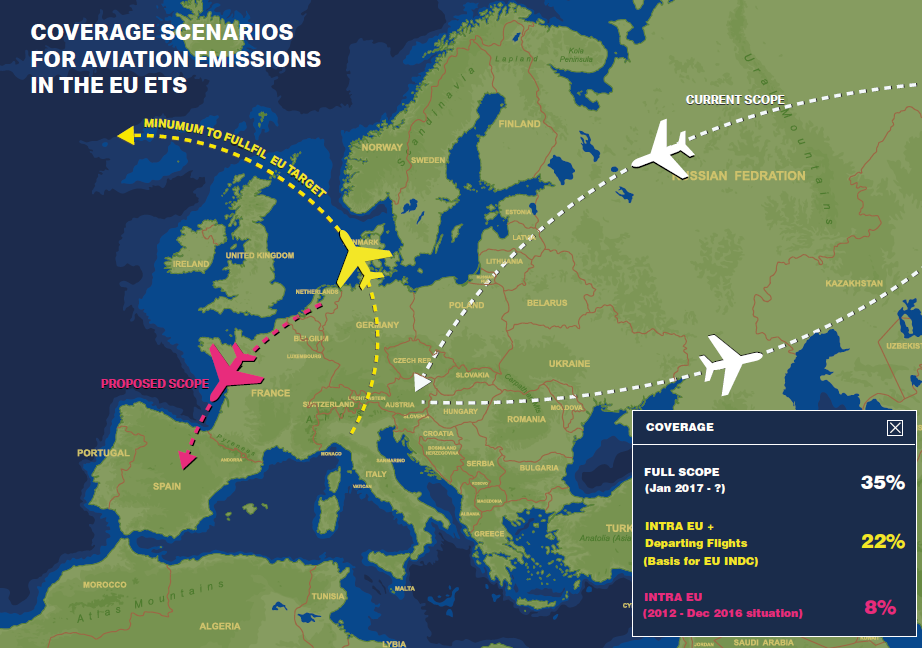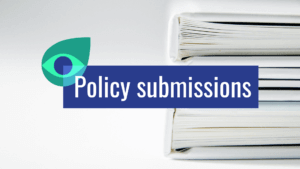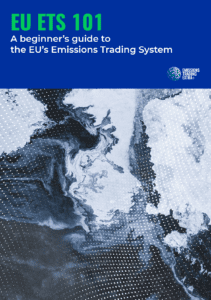Executive summary
In February 2017, the European Commission presented a legislative proposal regarding coverage of aviation emissions by the EU’s Emissions Trading System (EU ETS). In response to the offsetting agreement reached in the International Civil Aviation Organisation (ICAO) in October of 2016, the Commission proposes to cover only intra-European flights with the EU ETS and to exclude flights entering and leaving Europe.
The response to CORSIA must not undermine the achievement of domestic EU climate targets. When the EU set its climate targets, it included the emissions of flights within and leaving from Europe in the EU ETS. This means that if outgoing international flights are excluded from Europe’s emission cuts, other sectors need to do more to achieve the EU’s climate targets in a cost-effective manner.
To adequately address these emissions, the ICAO offsetting agreement – the Carbon Offsetting and Reduction Scheme for International Aviation (CORSIA) – must be at least as environmentally effective as the EU ETS to replace flights currently covered by the European measure. Currently, the measure is inadequate as it has an aspirational goal of “Carbon Neutral Growth” from 2020 levels, and thus will not actually reduce aviation emissions nor will it address emissions below the 2020 level. It should therefore not replace the EU ETS for flights entering and leaving Europe, unless its ambition is raised.
The decision to integrate the CORSIA into EU climate policy will be informed by a Commission report. With no public access to ICAO deliberations on the CORSIA and no criteria to assess the effectiveness of the measure, more information is needed to inform post-2020 discussions. The report must include recommendations from ICAO’s Committee on Aviation and Environmental Protection (CAEP) and clear criteria to allow for a comparison of the effectiveness of EU ETS and CORSIA.
Furthermore, the EU gives 85% of aviation allowances to the industry for free. This amounts to the EU losing an estimated €600 million euros in the last 3 years. These giveaways mean that less money is available for climate friendly investments and research. It is now up to Members of the European Parliament and EU Member States to live up to their commitments under the Paris climate change agreement by making airlines contribute in line with other sectors while protecting Europe’s prerogative to take the lead, as the Paris Agreement says developed countries should.
The following recommendations can put aviation on track to do its fair share to address climate change:
- Include international flights in the EU ETS to protect EU climate targets.
- Require full transparency of information on the CORSIA by demanding that all deliberations on the CORSIA by ICAO’s Committee on Aviation and Environmental Protection (CAEP) be made public.
- Compare CORSIA ambition with that of the EU ETS to determine adequate scope in 2019. Clear criteria should be set out to compare the environmental efficacy, and regulatory and compliance strength of both measures.
- Increase aviation’s contribution to climate finance. Revenues should be used for research and development to reduce aviation’s climate impact and for international climate finance.
Read full policy brief here




